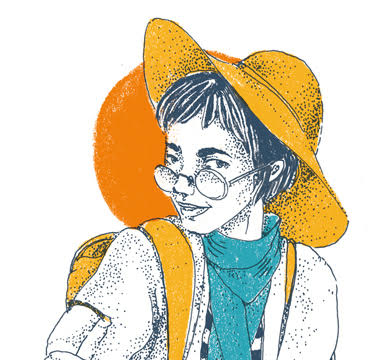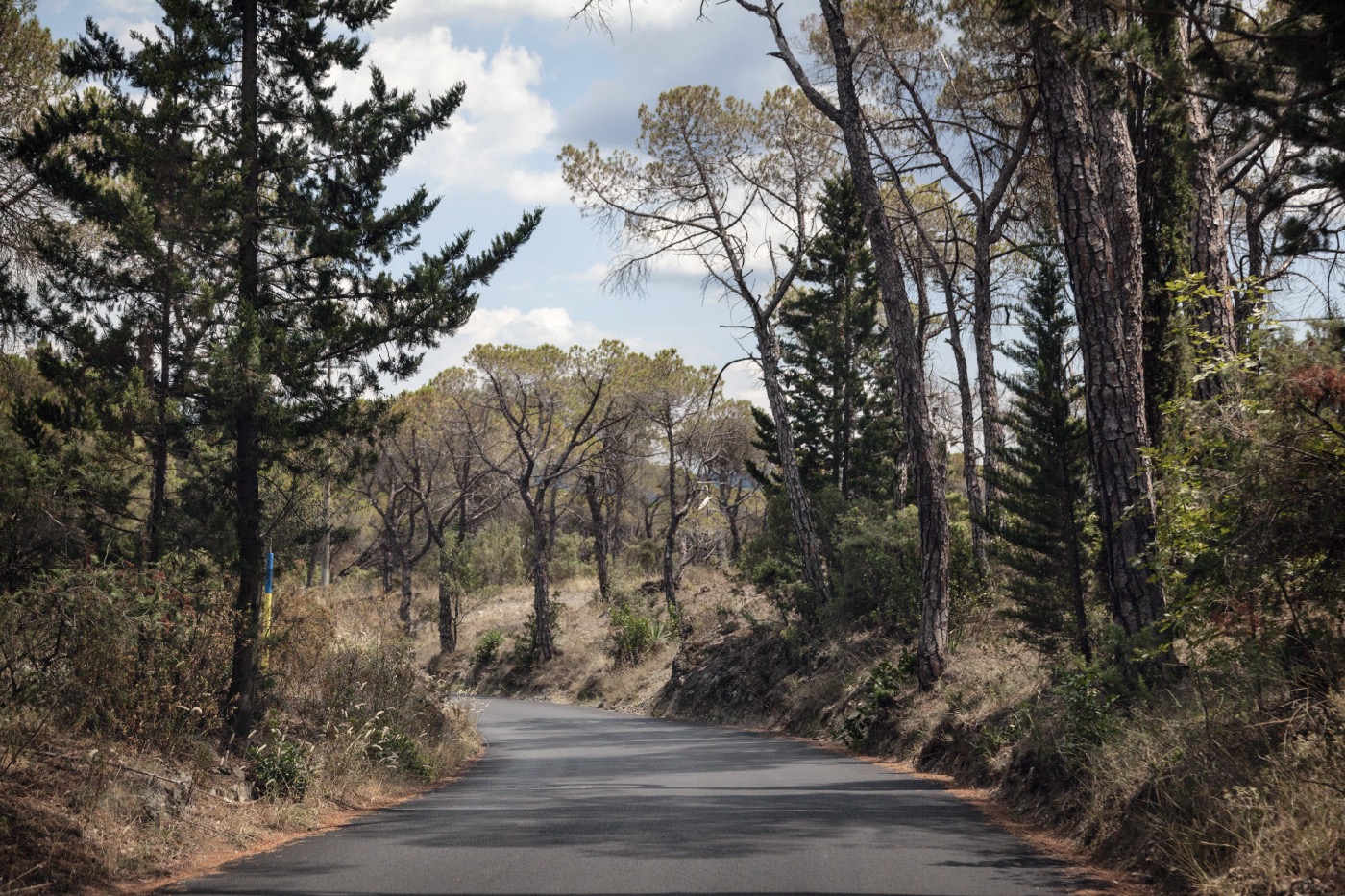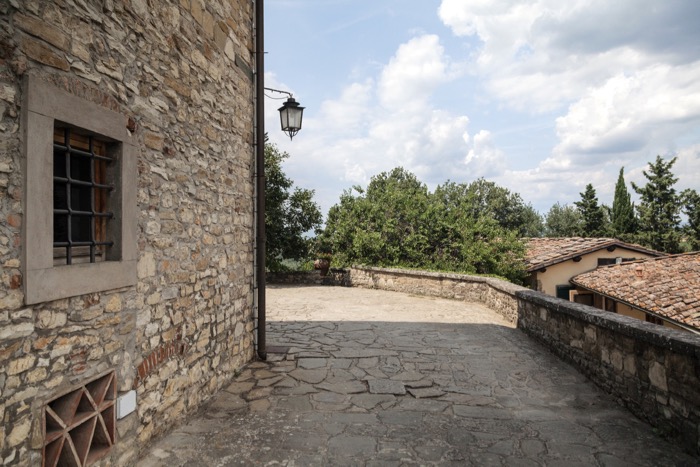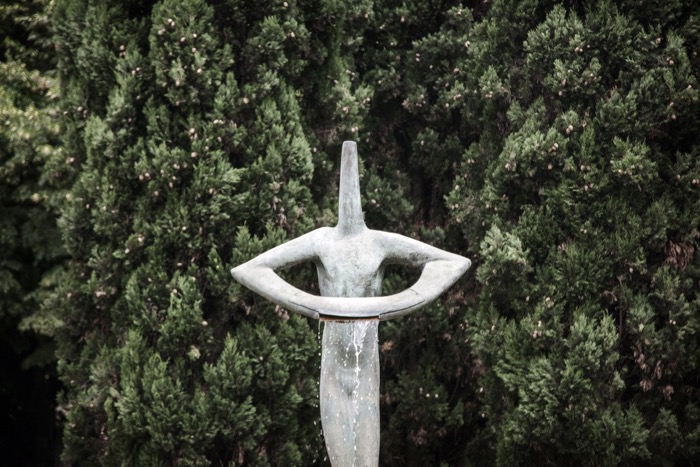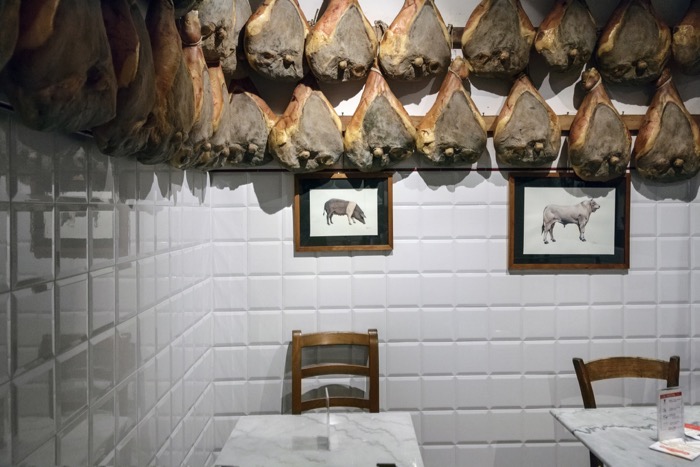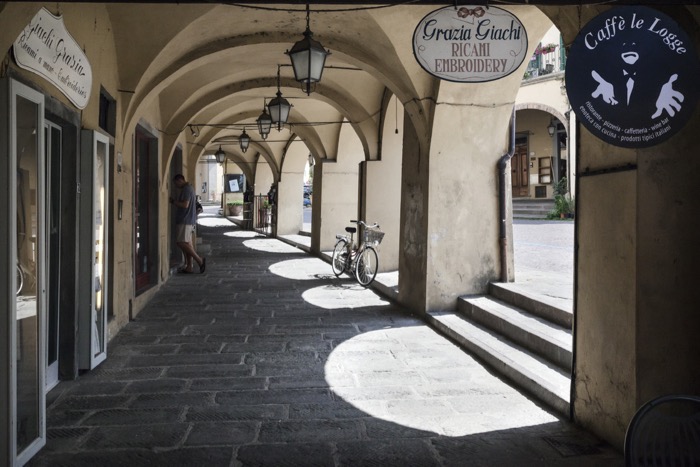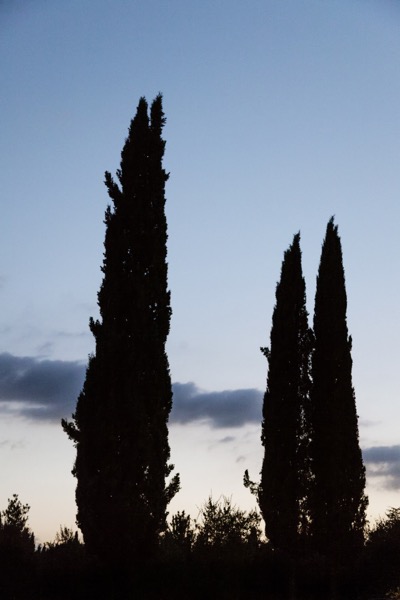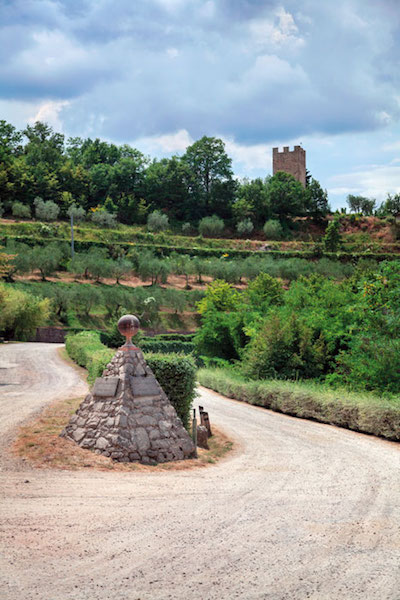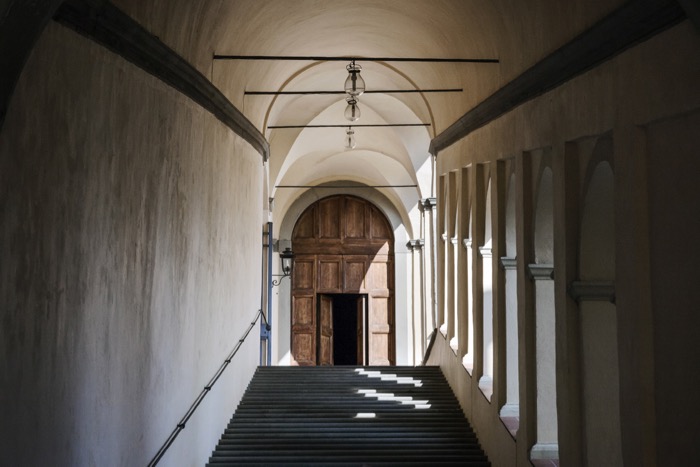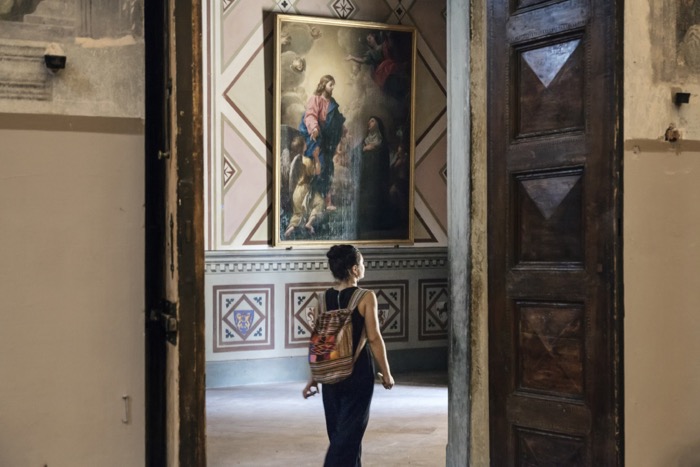The stars in Florence used to guide not only navigators, but also farmers so that they knew when to sow seeds. To the south-east of Florence, between Piazzale Michelangelo and Galluzzo, in what appears to be open countryside, is one of the most ancient sky observatories: Osservatorio di Arcetri, dedicated to Galileo Galilei. The perfect place to begin a journey of discovery in the Tuscan countryside. You’ll need your own means of transport (or a lot of patience). I love travelling on the two wheels of a vintage Vespa or, if it’s raining, on the four small wheels of an old Fiat 500 (the streets get very narrow around here!).
From the hill, head for Greve in Chianti, where one of the region’s specialities is produced: wine. Cross Arcetri, a small hilly area with several villas and old houses, including the one where Galilei himself was kept under house arrest. In Roman times, there was also a fortification, arci veteris, traces of which can still be found in the area’s name. I decide to start from the church of San Leonardo in Arcetri, built shortly after the year 1000. Illustrious Florentine authors, including Dante and Boccaccio, wrote about its splendid early 13th-century marble pulpit, which was carried here by San Pier Scheraggio in 1782. On foot you can follow the walls of Via San Leonardo, decorated according to the technique used on dividing walls in agricultural estates, known as “graffito” (engraving). How did the technique work? Using a fork, the still wet plaster was scratched, leaving an attractive inlay.


